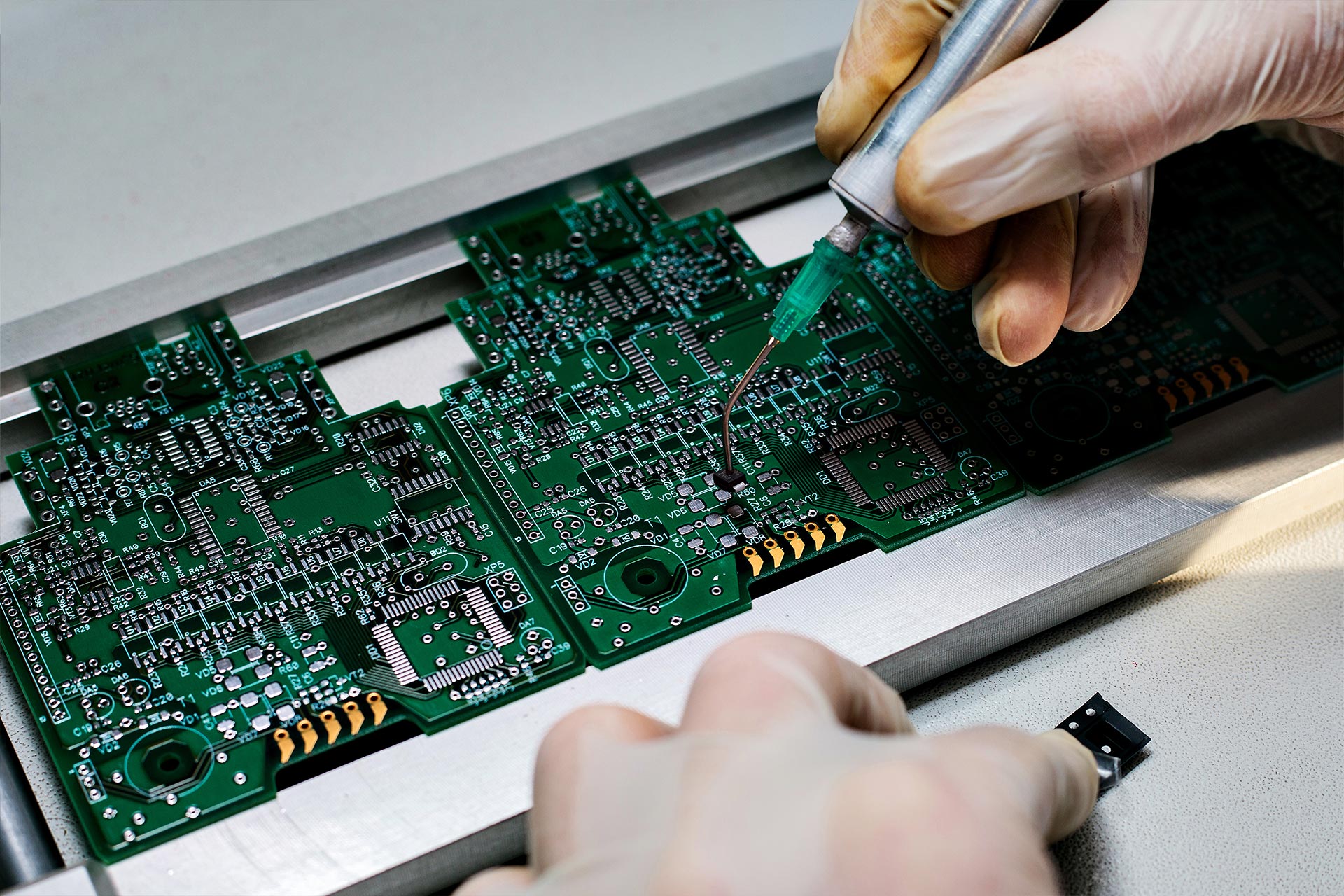PCB Surface High-pressure Cleaning
Printed Circuit Board (PCB) is covered with fine copper foil circuits that replace the traditional method of connecting components with wires, making the manufacturing process of electronic products more efficient. Whether it's a mobile phone, tablet, car or even an airplane, one to dozens of PCBs are used in these products, depending on the electronic product's requirements. PCBs can be single-sided, double-sided or multi-layered.
The main body of a PCB is a substrate with a layer of copper foil pressed onto it. The unnecessary copper foil must be removed through an etching process, leaving only the necessary circuits. Among the many processes involved in PCB manufacturing, etching is a critical step, and the complex circuits on it can only take shape after this process. The acidic liquids and chemicals remaining on the surface of the PCB after etching must be thoroughly removed through a high-pressure water cleaning process. The cleanliness of the PCB will greatly affect the product yield and reliability.
Since high-pressure water cleaning is used in the etching process, the cleanliness of the PCB surface must be considered, while also considering the speed of the assembly line to avoid damaging the PCB surface during high-pressure cleaning. It is necessary to consider multiple factors and adjust the overall system accordingly.
BonPon's high-pressure water surface treatment technology has more than 30 years of experience in the application of PCB manufacturing and can run 24 hours a day, 365 days a year. Taiwan's PCB manufacturing process is quite mature in the technology industry, adhering to high-quality details in every process, and the reliability, low failure rate, and longer service life of each piece of equipment are essential elements for building industry competitiveness.
